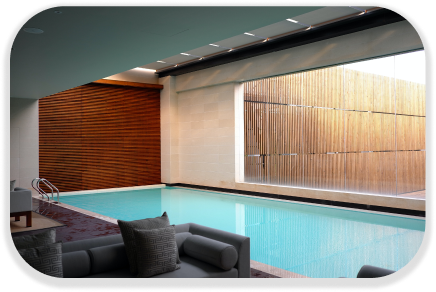
At night come ides.
By day we make then possible.

Who's Domunext?
Why choose domunext?

Extensibility

Passion

Experts

Ease of Customization

Extensibility

Passion

Experts

Ease of Customization


But What Is Automation?
One of the advantages of a home automation systemis that it is not necessary to integrate all available functions immediately. It is possible to start with a basic set of functions and then make additions. This is due to themodular natureof home automation. However, it is essential to carefully plan for the complete system configuration already in the design phase. This offers significant future advantages, as it allows for the expansion and completion of the system with minimal impact on the existing infrastructure.












Needsoften change over time, particularly in residential buildings where changes are commonplace. In these cases, traditional installation reaches its limits. Only ahome automation systemcan be easily reprogrammed and expanded, so as to quickly and flexibly adapt to new needs.
There are four energy efficiency classes based on the level of home automation according to CEI EN 15232:The standard that considers the contribution of home automation to the energy efficiency of buildings.
There are four energy efficiency classes based on the level of home automation according to CEI EN 15232:The standard that considers the contribution of home automation to the energy efficiency of buildings.
Heating Function
Moving from Class C to Class A for residual buildings
Moving from Class D to Class A for residual buildings
Moving from Class D to Class Afor commercial establishments
Moving from Class D to Class Afor offices
According to CENELEC, the European regulatory body, the installation of a home automation system guarantees energy savings compared to a traditional system. In particular, electricity consumption can be reduced by up to 15%, while heating and cooling consumption can be reduced by up to 26%. This makes home automation certainly more expensive to install, but provides constant savings over time.











